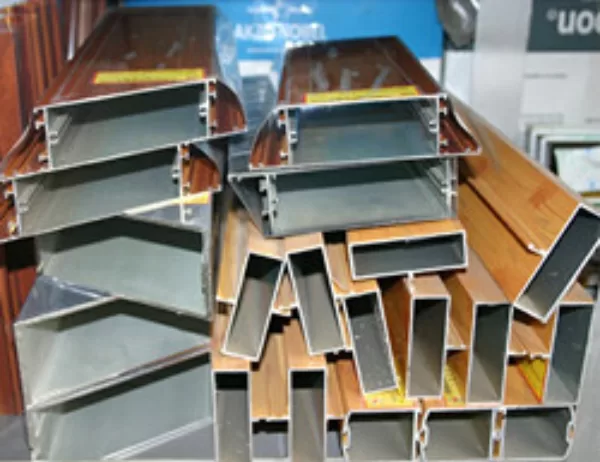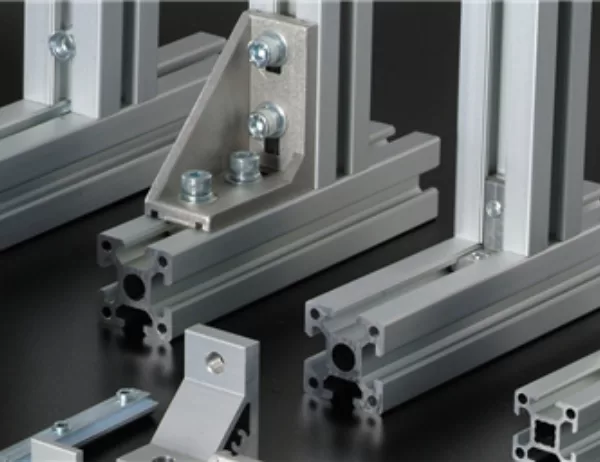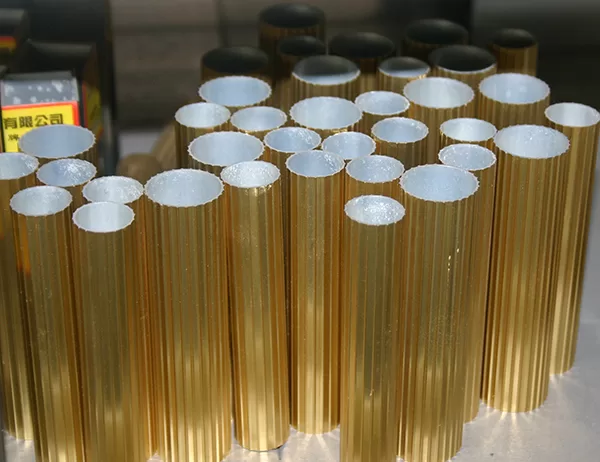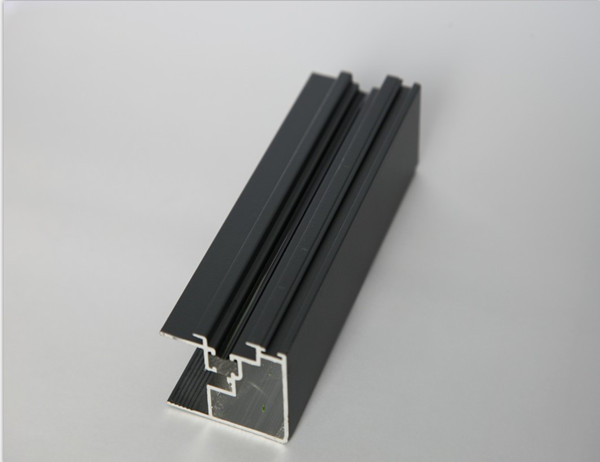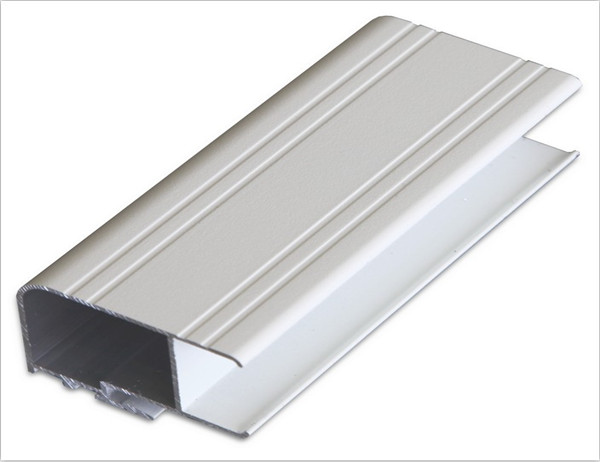Comprehensive Guide to Aluminium Track Profiles: Unlocking the Properties and Applications of Aluminium as a Track Material
Introduction:
In the world of industrial applications, materials play a crucial role in shaping performance, durability, and efficiency. Aluminium, with its remarkable qualities, has emerged as a frontrunner in the realm of track profile applications. This comprehensive guide delves into the properties, benefits, and diverse applications of aluminium track profiles, providing invaluable insights for engineers, architects, and industry professionals seeking to optimize their track system designs.
Properties of Aluminium Track Profiles:
Aluminium track profiles possess an impressive array of properties that make them ideal for various track applications. Key characteristics include:
High Strength-to-Weight Ratio: Aluminium’s excellent strength-to-weight ratio allows for lightweight and durable track profiles that can withstand demanding loads and stresses.
Corrosion Resistance: Aluminium’s natural resistance to corrosion makes it a suitable choice for outdoor or damp environments, ensuring longevity and reliable performance.
Dimensional Stability: Track profiles made from aluminium maintain their dimensions under varying temperature and humidity conditions, providing precision and accuracy in track alignment.
Machinability and Formability: Aluminium’s exceptional machinability and formability enable the creation of complex shapes and profiles, catering to specific application requirements.
Benefits of Using Aluminium Track Profiles:
The properties of aluminium track profiles translate into numerous benefits for users, including:
Reduced Weight: Lightweight track systems facilitate easier installation and minimize structural load on supporting structures.
Corrosion Resistance: Minimized corrosion concerns extend the lifespan of track profiles and reduce maintenance requirements.
Precision and Accuracy: Stable dimensions ensure accurate alignment and minimize tracking errors, resulting in improved system performance.
Versatility: Customizable profiles and formability allow for adaptation to diverse application scenarios, ranging from heavy-duty industrial machinery to precision medical devices.
Applications of Aluminium Track Profiles:
Aluminium track profiles find application in a wide spectrum of industries and environments:
Industrial Machinery: Track profiles support heavy loads and withstand demanding operating conditions in factories, warehouses, and production lines.
Medical Equipment: Precision track profiles enable accurate positioning and movement of medical imaging systems, surgical robots, and other critical equipment.
Transportation: Aluminium track profiles enhance efficiency in conveyor systems, automated guided vehicles (AGVs), and other transportation applications.
Construction: Track profiles serve as structural components in curtain wall systems, cladding facades, and skylight systems.
Conclusion:
Aluminium track profiles, with their exceptional properties and versatility, offer a superior choice for various track applications. Their strength, corrosion resistance, precision, and customizable nature enable engineers, architects, and industry professionals to optimize track system designs, ensuring reliability, efficiency, and long-term performance. By leveraging the insights provided in this comprehensive guide, decision-makers can make informed choices and unlock the full potential of aluminium as a track material.
